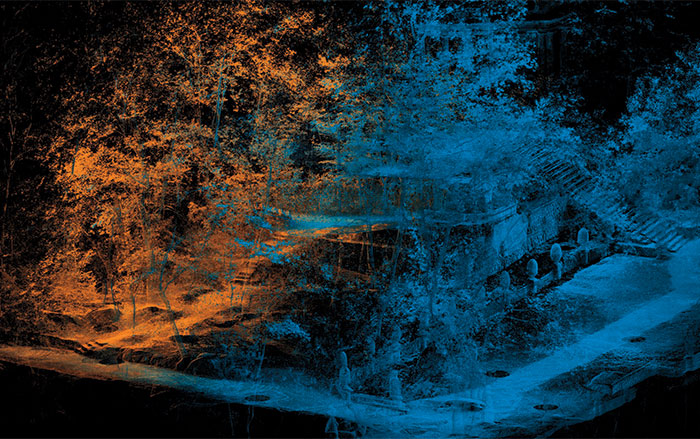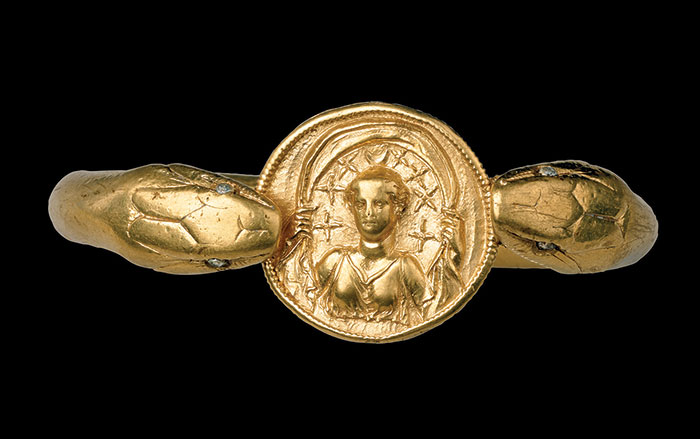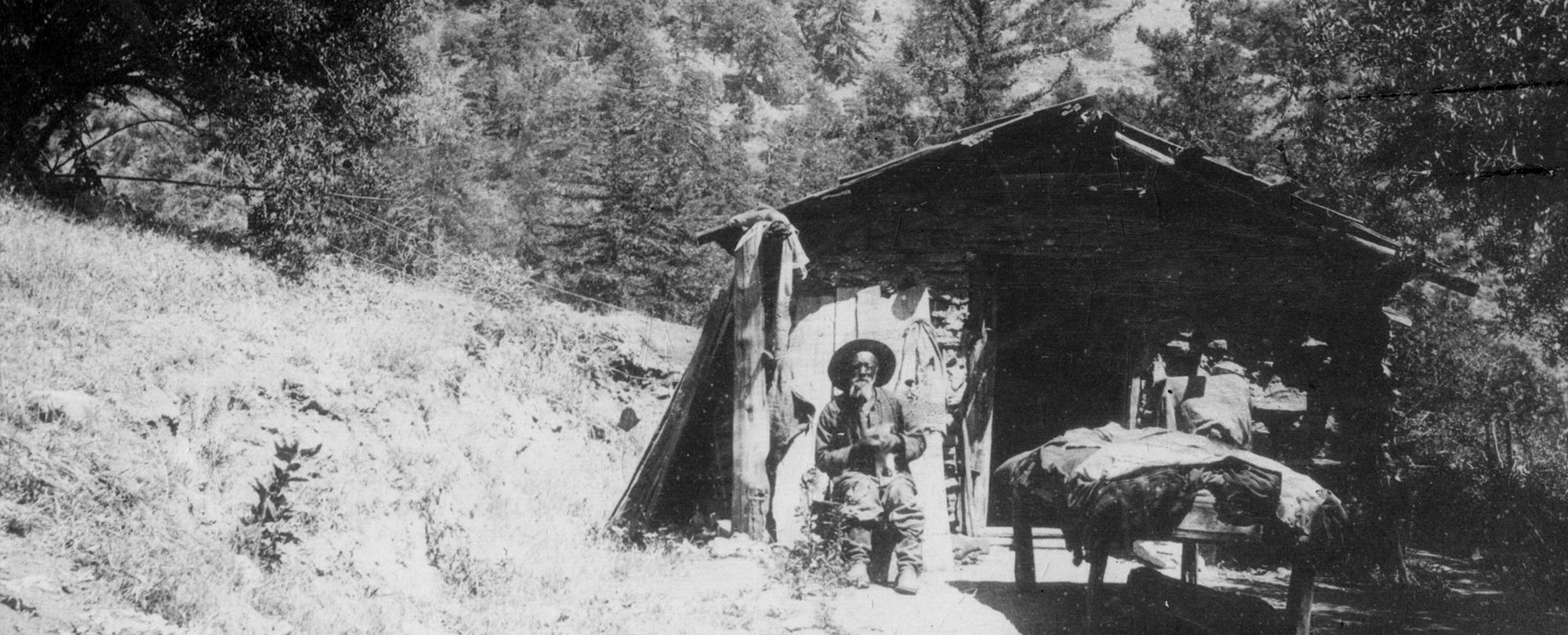
ROME, ITALY—The Guardian reports that the remains of nine Neanderthals, including seven adult males, a female, and a child, have been discovered in Grotta Guattari, a cave near central Italy’s western coastline that was sealed in prehistory by a collapse. One of the sets of remains has been dated to between 90,000 and 100,000 years old, while the rest have been dated to between 50,000 and 68,000 years old. Mario Rolfo of Tor Vergata University said most of them had been killed by hyenas and eaten in their den. “Neanderthals were prey for these animals,” he explained. “Hyenas hunted them, especially the most vulnerable, like sick or elderly individuals.” The bones of rhinoceroses, giant deer, horses, and hyenas were also recovered from the cave. Rolfo added that analysis of dental tartar indicates the Neanderthals ate a varied diet based on cereals. DNA studies of the well-preserved remains are being planned. For more on Neanderthal finds from Italian caves, go to "Around the World: Italy."










